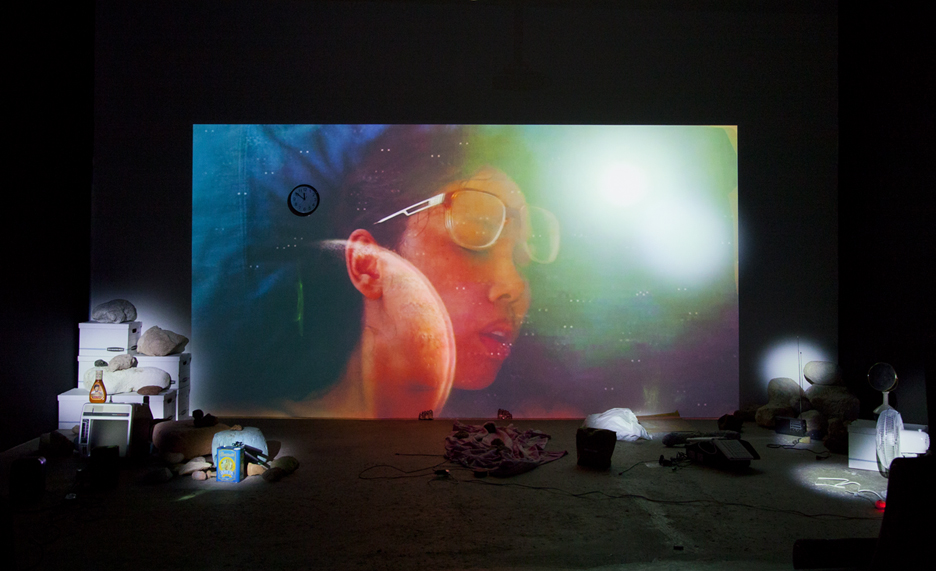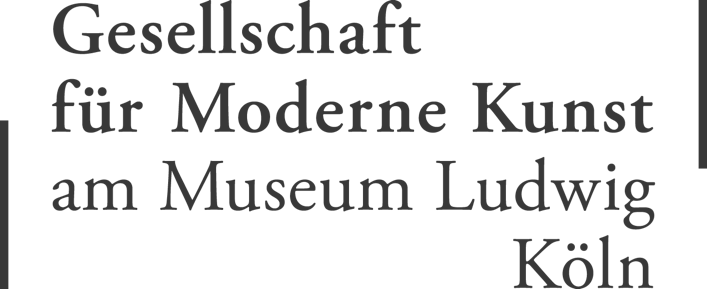Junger Ankauf
Trisha Baga - Mollusca & The Pelvic Floor
2019
Trisha Baga was born in 1985 in Venice, Florida, USA. She lives and works in New York City. She earned a bachelor of arts from the Cooper Union School of Art, New York, in 2007, an a master’s degree from the Milton Avery Graduate School of the Arts am Bard College, New York, in 2010. Her work was recently featured at LACMA in Los Angeles, the Galerie Greene Naftali in New York, Manifesta 11 in Zurich, the Galerie Société in Berlin, and the Fridericianum in Kassel. While Baga’s art evades a linear narrative, recurring themes include zeitgeist, problematic environmental issues, and questions of identity that are examined in an often humorous manner.


Mollusca & The Pelvic Floor, 2018, 2-channel projection (2D and 3D video), ceramics, and diverse materials, 37:18 min, edition 3/3
Mollusca & The Pelvic Floor is a video installation that deals with the smart speaker developed by the Internet shipping giant Amazon. This is a voice-operated virtual assistant by the name of Alexa, which in Trisha Baga’s work also responds to the assonance “Mollusca”. Here the artist has combined 2D and 3D video in a thirty-seven-minute projection. We see and hear a multitude of disjointed film and audio recordings, ranging from home videos taken from the artist’s family archive, excerpts from Hollywood science fiction films (including Contact and the latest Jumanji film), and shots from the artist’s studio to cosmic swirls and, time and again, Alexa’s aka Mollusca’s characteristic light ring. The filmic space is expanded via diverse objects distributed without any clear connection and illuminated by small spotlights; they include a pink blanket, several stones, a can of olive oil, an old radio, a fan, and a wall clock attached to the screen. The objects appear like props extracted from the peculiar projection and thus generate the impression as if our present time is staged as a convoluted, confusing, often comedic, and very lifelike science fiction production.
